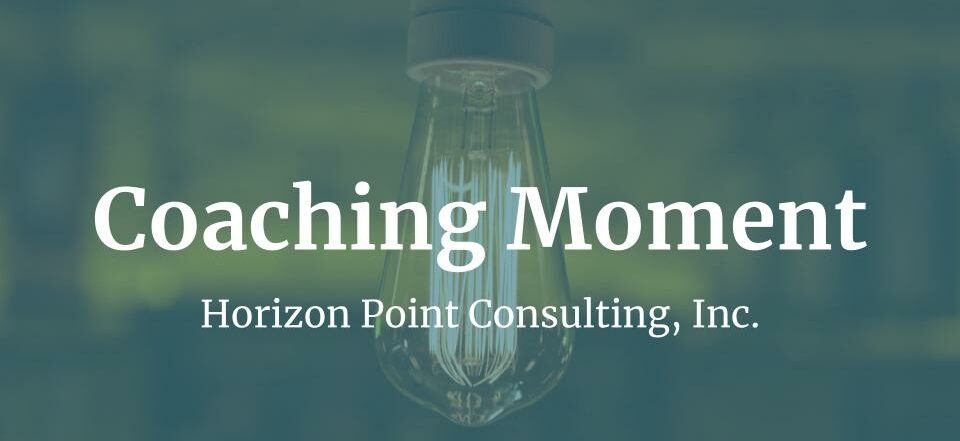For the past two semesters, I’ve been part of the Highlands College Leadership Institute, and if I’m honest, I’ve often felt like an imposter. Leadership hasn’t always come naturally to me. Speaking of understanding behavior styles, I know I tend to thrive in supportive roles rather than taking center stage. According to the DiSC personality assessment, my style is SC-calm, conscientious, and supportive. That means I avoid the spotlight and steer clear of conflict when I can.
But here’s the twist: this very discomfort has become a space for deep growth.
Through both Highlands College and my professional work with Horizon Point, I’ve been diving into conflict resolution. It turns out, understanding personality styles-not just our own, but others too, can dramatically shift how we handle disagreements in the workplace.

At Highlands, Chris and Sophie Corder from Designed for Unity have been helping us explore how our DiSC styles shape our approach to conflict. They draw from Robert A. Rohm’s powerful framework in The Ultimate Discovery System, which teaches how understanding behavior styles can unlock harmony at work.
Here’s what I’ve learned-and why it matters.
The Four DiSC Styles: How They Handle Conflict Differently
(Note: There are many models for understanding behavior styles, and we recommend using more than one to better understand ourselves and others. This is simply one tool we like.)
According to Rohm, people tend to operate within four key behavioral types:
- Dominant (D): Assertive, results-focused, and direct. In conflict, they can seem intense or confrontational. To resolve issues, speak to their need for efficiency and solutions.
- Influential (I): Outgoing, optimistic, and persuasive. These people might avoid tough conversations, so approach them with empathy and affirm their ideas.
- Steady (S): Calm, patient, and loyal. They value peace and can shy away from conflict. Give them reassurance and plenty of time to process.
- Conscientious (C): Precise, logical, and detail-oriented. They’ll want facts, not feelings. Offer clear data and structured solutions.
Know Thyself: The Power of Self-Awareness in Conflict
Understanding others is key-but knowing yourself might be even more important.
- What triggers your frustration?
- How do you respond under pressure?
- Do you tend to avoid conflict or rush to solve it?
By becoming aware of your own behavioral style, you can better regulate your reactions and navigate conflict more intentionally.

Communication Tips for Resolving Conflict Effectively
Conflict can either divide teams or deepen trust. The difference often comes down to how we communicate.
Here are some key strategies from The Ultimate Discovery System:
- Listen actively. Before offering solutions, seek to truly understand the other person’s point of view.
- Tailor your communication. Match your tone and approach to the other person’s DiSC style for better connection.
- Focus on solutions. Keep the conversation future-focused instead of rehashing problems.
Collaboration > Competition: Shift the Workplace Mindset
One of Rohm’s most valuable insights? Conflict resolution isn’t about winning. It’s about understanding and collaborating. Teams function best when they embrace diverse styles and strengths, working together instead of pulling in different directions.
When we honor different perspectives and communicate with intention, conflict becomes a tool for progress, not a threat to it.
Ready to Rethink Conflict?
Conflict is inevitable. But with the right tools, self-awareness, communication, and behavioral insight, it doesn’t have to feel like chaos. It can be the start of something better.
Want to dive deeper? Check out more from The Point Blog:








